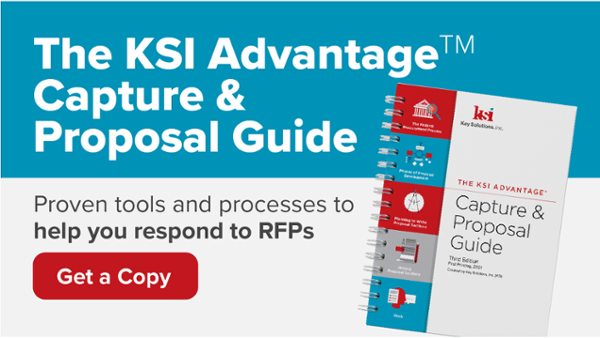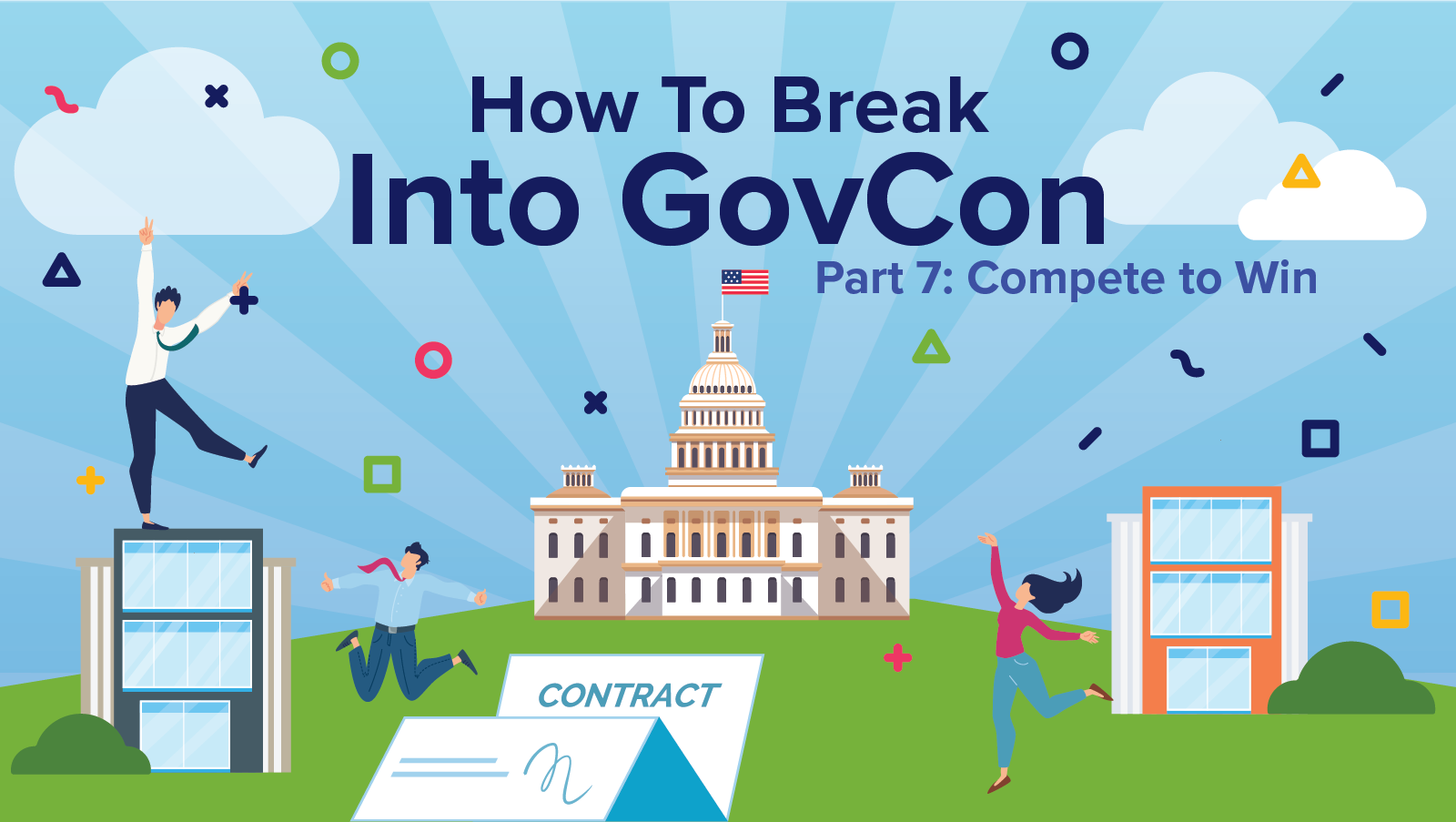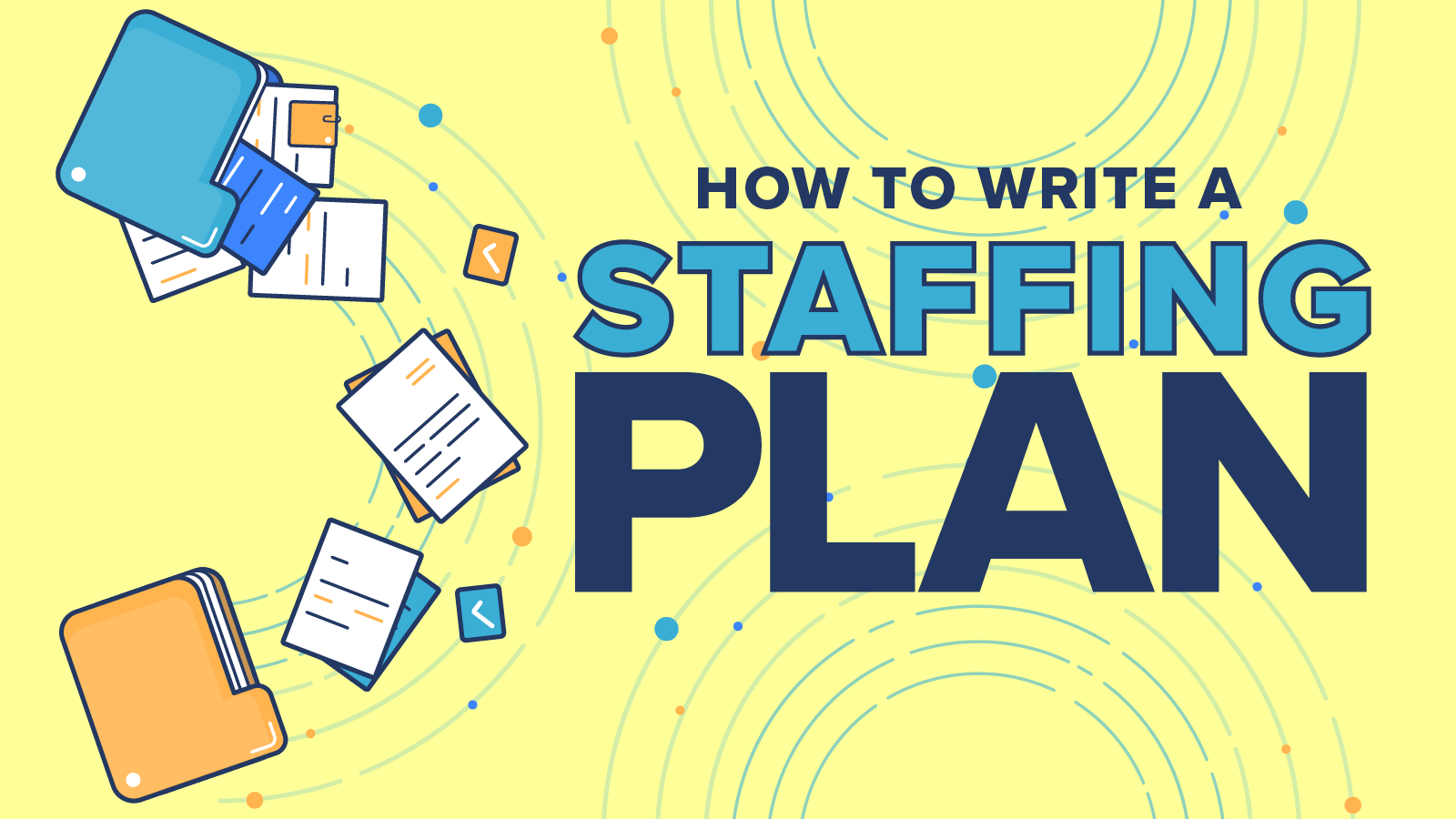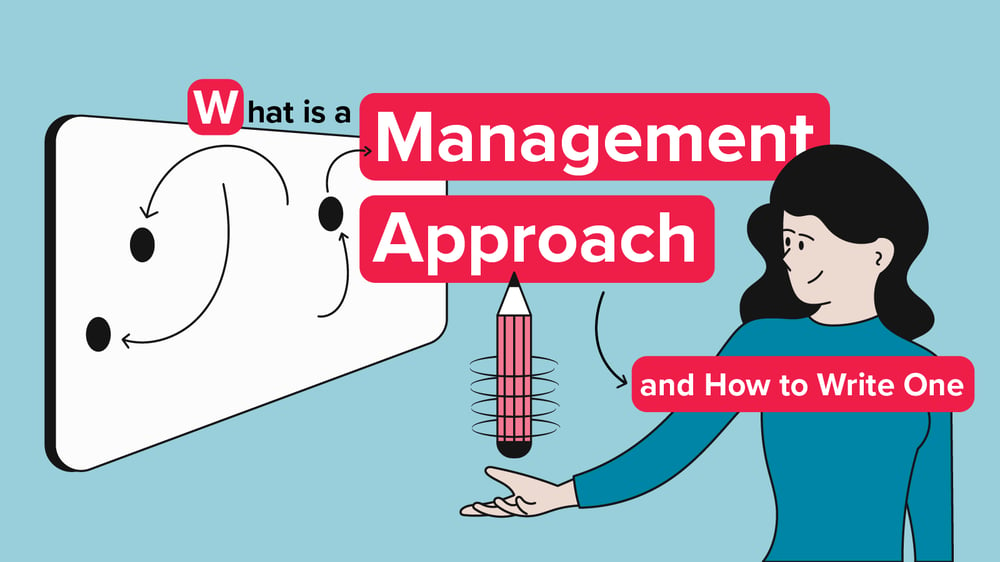
The Management Approach within a federal government proposal is required by most RFPs and other types of solicitations. Oftentimes organizations fill the management section with boilerplate content and instead focus their effort on fleshing out the Technical Approach. This method is a mistake that may lead to lower scores and not winning the contract. While the management section is an easy place to be compliant, it is often challenging to be compelling. This article discusses the purpose, structure, and key areas of the section as well as provides tips for writing a compelling Management Approach.
What is the Purpose of the Management Approach?
Your goal in developing your Management Approach is to show evaluators you have the management skills, systems, and tools needed to coordinate resources effectively while minimizing risk to the customer.
The purpose of the section is to convince evaluators that your organization understands management challenges, particularly those unique to the contract, and that you have the ability and experience to meet these challenges. Evaluators want to know that you will be easy to communicate with regularly and when addressing issues that may occur. Your Management Approach should show the customer that your team is prepared to successfully complete the contract on time, on schedule, within cost, and in accordance with the contract requirements.
Structure of the Management Approach:
A careful reading and analysis of the whole solicitation will significantly aid the structure of your response to the Management Approach.
For example, nearly all solicitations require you to describe your proposed program organization and subcontracting plan. The content of the management plan will vary widely depending on the company, the program, and the circumstances. Make sure to pay particular attention to the sections and details within the RFP in the following table.
Often the RFP will also specify that you must submit a Management Approach along with specific plans such as the Program Management Plan (which has a structure either specified in the RFP or industry standard such as in PMBOK), the Quality Assurance or Management Plan, Communications Plan, Risk Management Plan, etc. Sometimes, the RFP will include the Transition Approach or Plan within the Management Section.
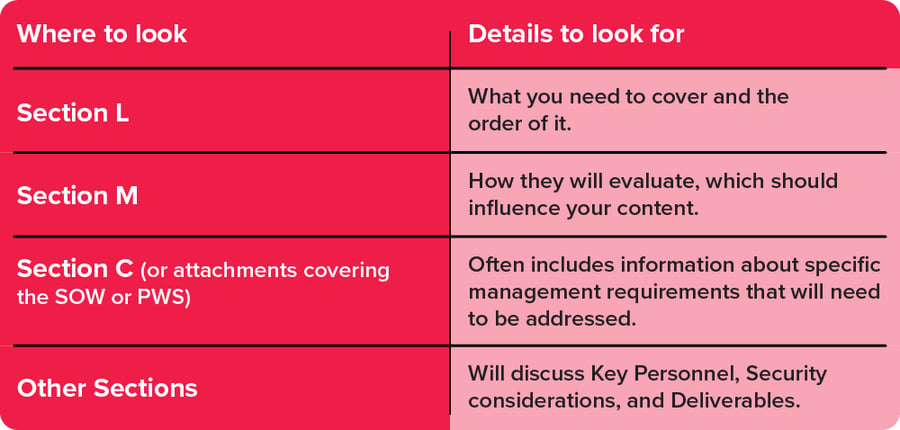
Key areas to include in the Management Approach:
The management section must address all requirements and any business processes preferred by the customer and should outline the overall management concepts and the specific type of management you will provide for the proposed contract. Other important key areas to address in your proposal include:
- Program Organization: Include organizational charts. Describe how the proposed organization is structured to manage the program. Include the rationale for the organization. Ensure the proposed organizational structure is appropriate to the program in terms of structure and complexity. Identify functions and responsibilities and correlate them with the SOW and cost structure.
- Management Systems: Demonstrate that the company has adequate systems to plan, organize, staff, direct, manage, and control the activities of the contract. Address how subcontracts will be managed. Consider ways in which you can show how senior/executive level interaction, oversight, and escalation can benefit the rapid resolution of any problems that may arise.
- Program Schedules: When required, the master schedule must show the major activities related to project milestones, including major reviews, decision points, significant events, authorization, and approval points. The schedule should segment elements of the project using the same logic used elsewhere in the proposal. See below for a Sample Schedule from the KSI Advantage™ Capture & Proposal Guide.

- Financial Management: Describe what financial systems, processes, and safeguards will be used to ensure the reliable management of program finances and that management systems operate within required customer standards.
- Communication: Describe how your organization will interface with the customer at various levels, including the executive, program, project, technical, financial, and contractual levels. Showing how your teams communicate and integrate their roles and responsibility will increase customer confidence in your ability to execute successfully.
- Deliverables: Provide a clear and detailed list of deliverables with corresponding frequency or schedule. Often the contract spells out the required deliverables.
- Quality Management: Provide a plan for the QA/QC methodology and approach used to ensure program quality and ensure that it conforms to contract requirements.
- Risk Management: Some RFPs require a Risk Mitigation Plan. Your plan should demonstrate a clear understanding of program risks and provide a description of the plans and capabilities you have developed to ensure that risks are held to an acceptable level.
- Resources: Identify the resources necessary to perform the proposed job and demonstrate their availability and commitment, especially in terms of corporate reach back.
- Staffing: Demonstrate that you have available ample staff in all the pertinent disciplines or a careful, thorough Staffing and Recruitment Plan.
- Facilities: Identify and ensure the availability of all the necessary facilities, whether provided by the prime, subcontractors, or the customer.
- Equipment/Information: Identify and ensure the availability of all the necessary equipment, including software, and information, whether provided by the prime or subcontractors or as customer furnished.
Tips for writing the section:
Here are a few tips that will prove helpful as you develop Management Approach content:
- Remain customer focused. The Management Approach should reflect the customer’s way of doing business and focus on their organizational elements, management systems, and documentation formats.
- Include a Features and Benefits Table. Provide concrete proof points about your approach and how the government benefits from what you are offering.
- Demonstrate your proven ability. It is important to show the customer that this contract is similar to others that you have performed successfully. Provide concrete examples of your previous successful experience.
- Prove your understanding of the work ahead. Make sure you provide insights into the specific management challenges of this contract. Show that you understand the work, the potential issues that may arise, and your plan to correct or mitigate them.
- Describe systems, and procedures in detail. Show the customer how you will tailor your systems and procedures to meet the management challenges of this particular contract. Be specific and succinct.
- Present an appropriate organizational approach tailored to the project. Include an organization chart showing reporting relationships and describe how the proposed program organization functions. Make organization charts simple and uncluttered, with reasonable spans of control. See below for the Sample Organization Chart from the KSI Advantage™ Capture & Proposal Guide.

- Consider the customers’ culture and mission. Your management plan should reflect a sophisticated understanding of the customer’s general approach—its “culture”—for interacting with contractors.
- Describe subcontractors’ management. Describes the processes, procedures, systems, and contractual terms you propose to use to ensure that subcontractors are managed in a way that supports program goals and requirements.
In Conclusion
When developing your Management Approach, keep in mind that you want evaluators to conclude that you have the management skills, systems, and tools to successfully execute all contract requirements.
While the techniques in a Management Approach can vary broadly, the desired outcome remains the same—to present a plan that the customer can easily see is reliable, comprehensive, and easily evaluated. When doing so, it will strengthen your case if you include the key areas listed above while addressing all the contract requirements and providing concrete examples showing how you have successfully managed similar programs in the past.



